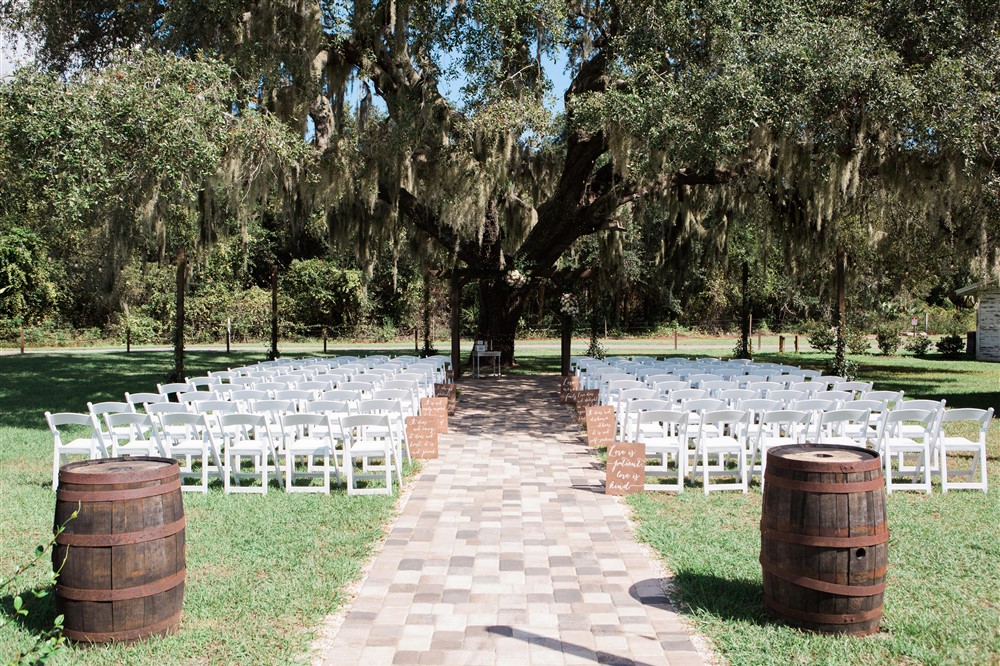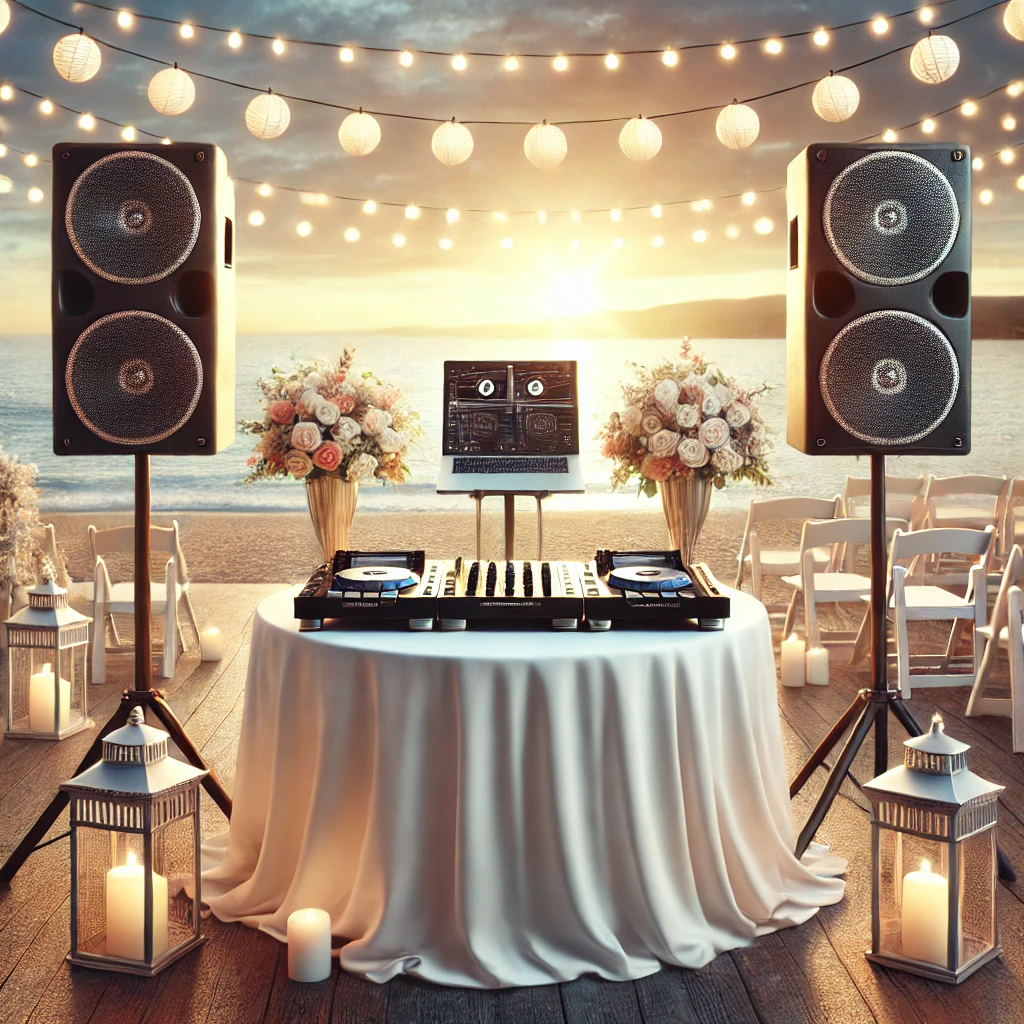Wedding Seating Guide

Wedding Seating Guide – While assigned seating at a wedding certainly isn’t mandatory, most couples do opt to create a wedding seating chart. To begin with, it ensures each table will be filled to max capacity. And without assigned seating, for plated dinner service especially, things can quickly get confusing for the staff otherwise. In fact, many wedding reception venues actually require assigned reception seating.
Wedding Seating Guide
Decide on Table Shapes
Before you start seating guests, you’ll need to have a game plan for your tables, generally, as the size and shape will dictate how many guests can be seated at each one. When it comes to reception layout and table shapes, typically there are four standard options: round, rectangle, oval, and square. Different table shapes have their own benefits: Rectangular tables can fit a greater seated capacity into space and it’s easier for guests to talk across them. Round tables, on the other hand, are the most traditional option and afford your guests more legroom.
Keep Your Friends Close
A head table with your wedding party (and their dates, if you’ve got the room!) is a great way to acknowledge their special role, as well as ensures you’re surrounded by your BFFs during the reception. Opting for a sweetheart table? Have your wedding party host tables, instead. Seat them with their dates and a group of other mutual friends. They should be seated at the third-best tables in the room: the first is your sweetheart table, the second-best table(s) are for your parents, and the third nearest table(s) are for your wedding party.
Figure Out Where You Want to Put Your Parents
Traditionally, all of the parents will share a table at the reception, along with grandparents and any siblings that aren’t at the wedding party. This gives everyone another chance to get to know each other and bask in the glow of your special day. While all of your guests will be thrilled to be there and share in your celebrations, no one will likely be as overjoyed as your parents—which is a wonderful thing for them to share together.
Of course, things can get tricky when you’re dealing with divorced parents or other more complex family circumstances. If things are tense between certain key individuals, consider having two tables that are equally as close to the head table, and then put one at each table. That way, no one feels uncomfortable or left out.
Organize Guests by Groups
Once you’ve finalized who’s coming, step one is to start grouping guests according to how you know them, such as family members, high school friends, college friends, work friends, etc. This doesn’t mean you have to sit them according to the group, but a picture will start to form of who already knows each other and gets along. In addition to grouping your guests by how you know them, you can also consider your guests’ age, interests, and backgrounds. Try to make everyone feel comfortable by offering a mix of familiar and new faces at each table. And, of course, be tactful: Absolutely avoid seating people together who have a history they wish they could forget.
Keep the Venue in Mind
It’s easy to get caught up in who’s sitting where, but just don’t forget to give your VIPs the best seats in the house so they have a clear view of all the action and can jump into the celebration. Also, older guests may want to be a little further from the band (and not near a speaker). Guests in wheelchairs or those who need more mobility should be seated at tables that are either closer to one of the edges of the room or closer to the dance floor, so they’ll have plenty of space to maneuver as needed.
As an Alternative, Assign Tables Only
If you’re still not into an assigned seating master plan, why not consider assigning tables—without specific seats—instead? This way your wedding guests will still have some direction but can make their own choices, too, and no one will be scrambling for seats when you’re about to make your grand entrance. Just as you would with an assigned wedding seating chart, put thought into who you’ll be grouping together to make sure everyone’s got someone to talk to and will have a good time. If you forego assigned seats or tables, just make sure your elderly guests always have a designated place to sit down.
Convey All Table Assignments Clearly
When it comes to actually tell your guests where to sit, the goal for wedding table cards or place cards is to find that sweet spot between creativity and ease of use. Tented or envelope cards are the most traditional and can be arranged in a variety of ways depending on the type of tables you’re working with. Table assignment signs and charts can also work well. Arranging guests’ names in alphabetical order (versus grouped by table) means they’ll be able to find their seats faster, instead of having to read every table arrangement on the list to figure out where to go.
Opting for one or two long tables for everyone? A diagram with numbered seats, accompanied by an alphabetical list of guests’ names and their seat number, will get them in place with ease. A font that’s easier to read is always welcome, for any sort of signage. The bottom line: Having some sort of wedding seating plan, even if it’s just table assignments, will make your reception flow that much more smoothly.
About Complete Weddings and Events in Melbourne FL
If you’re looking to tie the knot or throw an epic event, you have come to the right place. Complete Weddings + Events in Melbourne FL will help you find the right event or wedding photographer, videographer, and DJ to throw a phenomenal party, plus we have a fun photo booth and lighting rentals to elevate your event and give you the type of unforgettable experience you’re looking for. When you party with Complete Weddings and Events, it’s completely about you! Offering the best wedding services in the area.
Complete Weddings + Events, Melbourne’s leading provider of event and wedding photography, videography, lighting, DJ services & photo booth rental.
For more wedding inspiration and tips and tricks you can follow us on Instagram and like us on Facebook!




